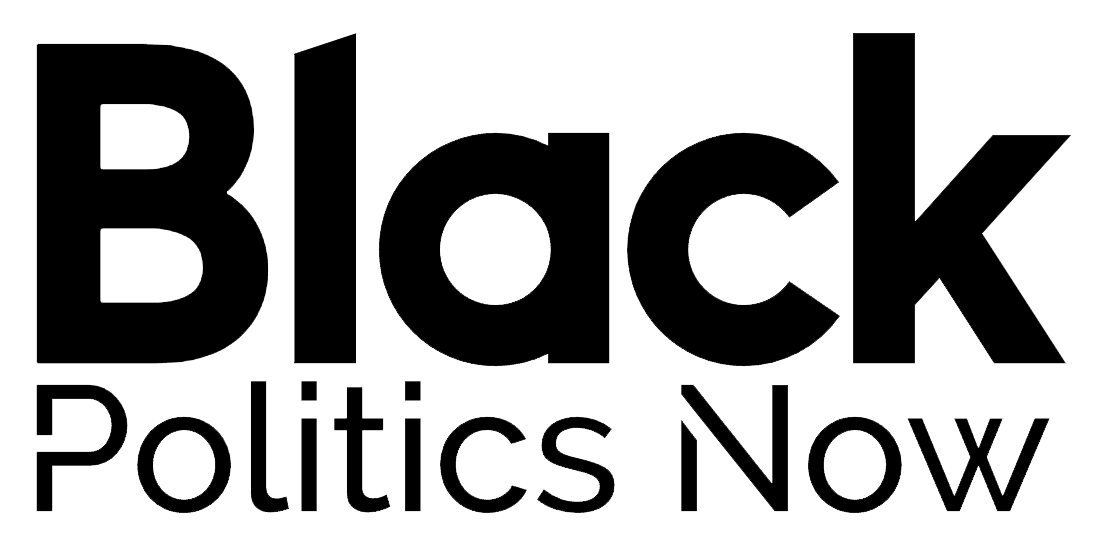Feb 8, 2025 Story by: Publisher
As the NFL Super Bowl inches closer, the league’s hiring practices come under renewed scrutiny, particularly regarding the Rooney Rule. This policy, now over two decades old, remains one of the most significant and debated aspects of NFL hiring, receiving mixed reactions from fans and front offices.
Origins of the Rooney Rule
The Rooney Rule was introduced before the 2003 NFL season in response to concerns over racial disparities in coaching hires. The firing of Tony Dungy and Dennis Green, two of the league’s most successful Black head coaches at the time, played a crucial role in its establishment.
Dungy had led the Tampa Bay Buccaneers to a 54-42 record over six seasons before being dismissed in early 2002. While Jon Gruden ultimately took the Buccaneers to their first Super Bowl victory, Dungy was widely credited with building the dominant defense that allowed just over 12 points per game that season. Meanwhile, Dennis Green had taken the Minnesota Vikings to the playoffs in eight of his nine seasons but was fired midway through the 2001 campaign after a 5-10 start.
At the time of their dismissals, Green and Dungy were only the third and fifth Black head coaches in NFL history. Civil rights attorneys launched an investigation, concluding that “compared statistically, Black head coaches have a higher winning percentage than their white NFL counterparts, but were still more likely to be fired.”
These findings prompted a coalition of agents, coaches, front office executives, and players to pressure the league into establishing a more equitable hiring process. The rule was named after Dan Rooney, the then-owner of the Pittsburgh Steelers and chairman of the league’s diversity committee.
Evolution of the Rooney Rule
Originally, the Rooney Rule required NFL teams to interview at least one minority candidate for head coaching vacancies. Over time, the policy expanded to include other roles and additional stipulations.
By 2020, the league introduced new measures to incentivize the development of minority coaching talent. Under this system, if a team lost a minority head coach or general manager to another organization, it would receive a third-round compensatory draft pick for two years. If both a coach and an executive were lost, the compensation extended to a third year.
Other key updates included mandating at least two external minority interviews for head coaching roles and one external minority interview for coordinator positions. The rule was also broadened to cover senior front office roles and quarterback coaching positions, as these are often stepping stones to head coaching jobs.
Impact and Challenges
Initially, the Rooney Rule appeared to be working. Within three years of its implementation, the percentage of Black or African-American head coaches in the NFL rose from 6% to 22%. However, its effectiveness has been increasingly questioned over time.
By the conclusion of the 2021 season, only one Black head coach, Mike Tomlin of the Pittsburgh Steelers, remained. The Washington Commanders’ Ron Rivera, of Latino descent, and New York Jets’ Robert Saleh, who is of Lebanese heritage, were the only other minority head coaches at the time.
That season, the dismissals of David Culley and Brian Flores reignited concerns over discriminatory hiring and firing practices. Flores, despite achieving consecutive winning seasons with the Miami Dolphins—something the franchise had not accomplished since 2001—was abruptly let go.
In February 2022, Flores sued the NFL, the Dolphins, the Denver Broncos, and the New York Giants, alleging discrimination in the hiring process. A crucial piece of evidence in his case was a text message from New England Patriots head coach Bill Belichick. The message, intended for Brian Daboll, mistakenly congratulated Flores on securing the Giants’ head coaching job—before Flores had even interviewed.
The lawsuit highlighted the ongoing flaws in the Rooney Rule, and while the league continues to revise its hiring policies, Flores’ case underscores the persistent challenges in achieving true diversity in NFL leadership.
Current State and Enforcement
As of 2023, six minority head coaches were leading teams—representing 18.8% of the league, compared to a player base that is 75% non-white, according to USA TODAY.
Despite the rule’s longstanding presence, enforcement remains a major issue. While penalties for violations were initially set to include fines and draft pick forfeitures, the Detroit Lions remain the only franchise ever penalized, having been fined $200,000 in 2003. No team has ever lost a draft pick for violating the policy.
The Rooney Rule has undeniably influenced NFL hiring practices, but its limitations continue to prompt debate. As the league seeks to address systemic barriers, questions remain about whether the rule alone is enough to ensure genuine diversity in coaching and front-office positions. Source: NBC New York
















